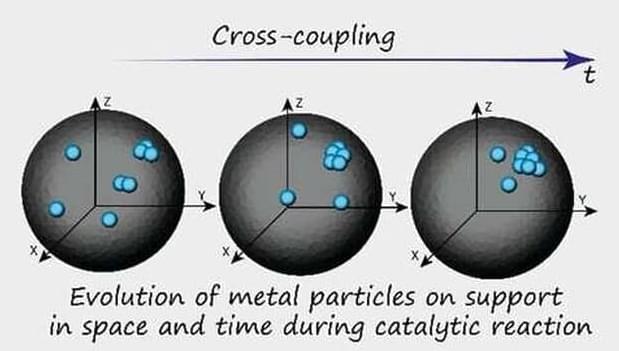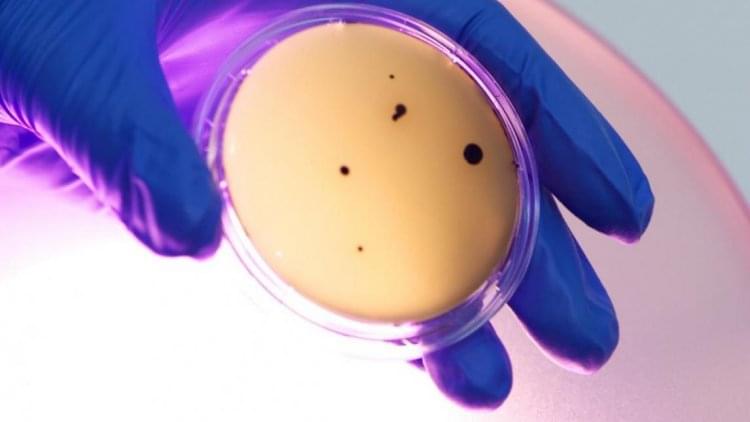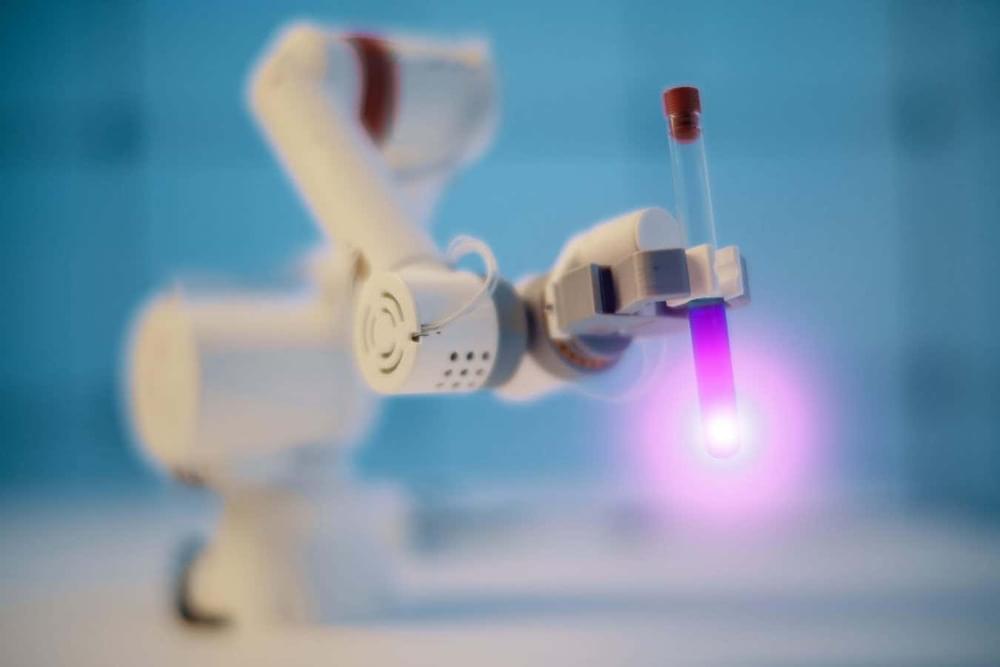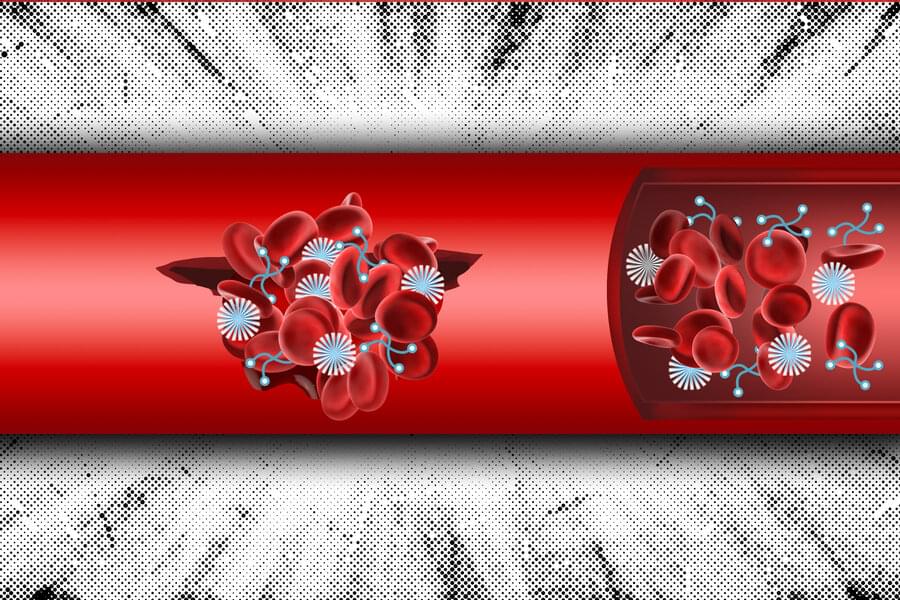May 6, 2023
Texas petrochemical plant fire sends 9 workers to hospital
Posted by Genevieve Klien in categories: biotech/medical, chemistry
HOUSTON (AP) — Fire erupted at a petrochemical plant in the Houston area Friday, sending nine workers to a hospital and causing a huge plume of smoke visible for miles.
Emergency responders were called to help around 3 p.m. at the Shell facility in Deer Park, a suburb east of Houston. The city of Deer Park said in an advisory that there was no shelter-in-place order for residents.
Harris County Sheriff Ed Gonzalez said earlier in the day that five contracted employees were hospitalized for precautionary reasons, adding that they were not burned. He said they were taken to a hospital due to heat exhaustion and proximity to the fire.


















